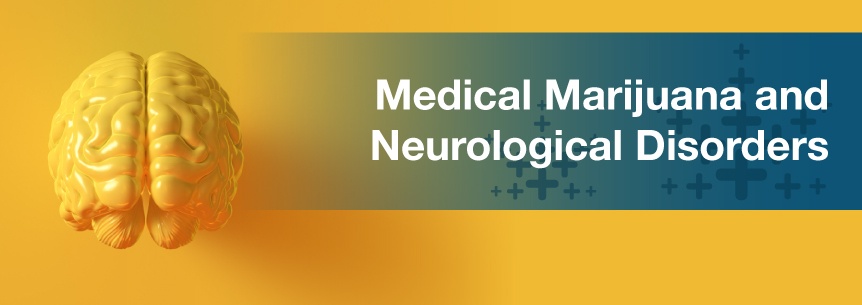
Marijuana, for most of the past century, was dismissed as a drug of abuse. However, we’ve seen a resurgence in its use for medicinal purposes and public popularity in recent years. Medical perception of the herb as a potential treatment has increased, and it’s now being praised for its ability to treat a whole range of conditions, including chronic pain, nausea, anxiety, and even neurological disorders.
The use of medical marijuana for neurological disorders dates back as much as hundreds to thousands of years, but during the last century, legislation has placed more restrictions on the herb.
However, recent American Academy of Neurology (AAN) guidelines and popular media stories have raised the public and medical perception of its potential utility in various specific neurologic disorders.
Neurological disorders are diseases of the peripheral and central nervous system. This includes the:
Some common neurological diseases are:
While neurological disorder symptoms can vary depending on the condition, some common symptoms among most neurological disorders include:
The causes of these dysfunctions can vary. Numerous membranes insulate both your brain and spinal cord, and these membranes can be susceptible to pressure and force. The peripheral nerves deep under your skin can also be susceptible to damage.
Neurological disorders can impact a single neuron or a whole neurological pathway. Even a slight disturbance to the structural pathway of a neuron can cause dysfunction. As a result, neurological disorders may occur due to many causes, such as:
Many bacterial (Neisseria meningitides, Mycobacterial tuberculosis), fungal (Aspergillus, Cryptococcus), viral (Enteroviruses, Human Immunodeficiency Virus (HIV), Zika, West Nile Virus) and parasitic (Chagas, Malaria) infections can impact your nervous system. The disease itself can cause neurological symptoms or the symptoms can be due to an immune response.
More than 600 distinct types of neurological disorders exist, and you can break them down into these categories:
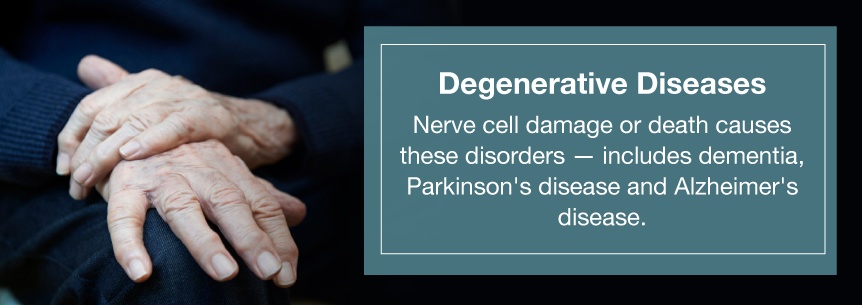
Physical symptoms and signs of neurological problems could consist of:
Without treatment, neurological disorders can lead to many serious consequences. Both long-term and short-term effects of neurological instability can significantly vary, depending on the condition and its severity.
If left untreated, neurological disorders can result in many serious consequences. The effects of neurological instability can be transient and short-term. However, the effects can also be long-term or permanent and vary greatly depending upon the type of neurological disorder and the severity of your condition. For instance, according to John Hopkin’s Medicine, up to 50 percent of individuals with multiple sclerosis can suffer from depression. In MS patients compared to the general population, depression is three times more common.
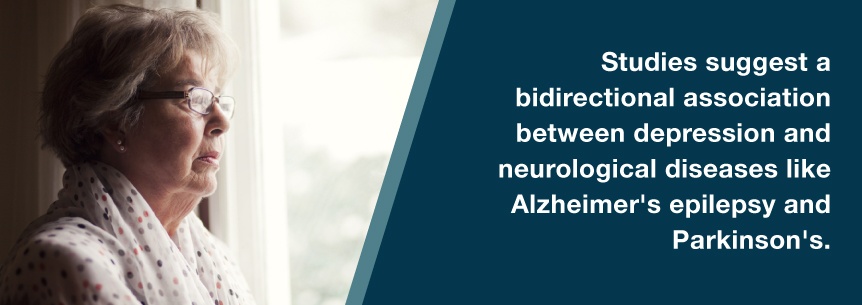
Studies also suggest a bidirectional association between depression and neurological diseases like Alzheimer’s epilepsy and Parkinson’s. What this means is the relationship functions in both directions. For instance, depression is a prevalent psychiatric symptom in Alzheimer’s disease and occurs at all stages of the disease. Individuals with depression have a higher risk of developing Alzheimer’s disease than those who have never experienced depression.
Experts estimate that 50 percent of individuals with Parkinson’s will also develop some type of depression. So, depression is, therefore, a frequent comorbid condition of Parkinson’s. Additionally, some research shows mood disorders and seizures might share the same genetic code, making depression around two to three times more common in individuals with epilepsy.
Anxiety disorders also occur often in people with neurological disorders. In fact, various studies found anxiety disorders occur more often than mood disorders in people with neurological disorders.
Here are a few neurological disorder facts, according to the World Health Organization:
Fortunately, you can take several steps to lower your risk of developing a neurological disorder. You can control risk factors such as:
These factors can all contribute to stroke and, potentially, other neurological problems. Even if you do develop neurological problems when you get older, you might be able to deal with these problems in a better manner by taking healthy steps now.
Although receiving a neurological disorder diagnosis can be scary, you should keep in mind that many treatments can help.
The drugs that can treat your neurological symptoms will depend on the condition you have. Potential options for neurological medications might include corticosteroids, which are usually used for treating multiple sclerosis and help reduce inflammation. Dopamine-affecting medications like Levodopa are often used for treating Parkinson’s to help with tremors and rigidity.
When you take any medication, be aware, that you could experience side effects. For instance, some side effects of using corticosteroids long-term are:
Some side effects of dopamine-affecting drugs include:
Side effects of medications for your neurological disorder will vary based on the type of medication you’re taking and your unique situation. For some people, it can be possible to become addicted even to prescribed medicine.
Other treatments for neurological disorders include:
Neurological disorder patients can also make lifestyle adjustments to minimize or prevent the impact and symptoms their condition causes. This includes making adaptations to the living conditions to ensure the safety of patients and improve memory, such as:
Some individuals benefit from an inpatient or outpatients neurologic treatment center. These centers typically apply a multidisciplinary approach tailored to the individual’s particular condition and set of symptoms.
Researchers are trying to gain a better understanding of the pathophysiological components underlying neurological disorders (functional) to improve treatment. Researchers highly study neurological diseases with more than 35,000 clinical trials found for these conditions.
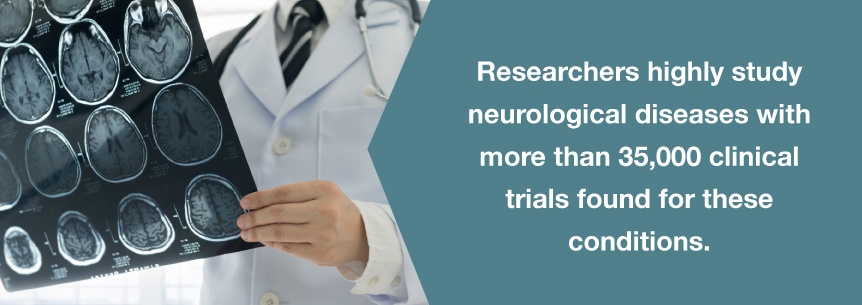
Researchers are trying to gain knowledge on the effect of a patient’s direct focus and attention on movement overall has on their sense of subjective control over a movement and on functional neurological mechanisms.
Researchers have healthy participants — those with an organic neurological disorder and those with a functional neurological disorder — carry out simple tasks like reaching to a target, then manipulate their attention. Researchers will analyze the effects of these attentional manipulations on various levels. They’ll use the following methods to analyze these behaviors:
If their hypothesis ends up being true, they could then change the attentional focus as a treatment in functional neurological disorders.
In another study, the participants who have a neurological disorder will be recruited to carry out virtual reality (VR) immersion sessions. VR has therapeutic benefit in some patient populations, and there needs to be further research on it and the extent to which we can use it to reduce and rehabilitate symptoms.
The endocannabinoid system in humans is made up of postsynaptic cannabinoid ligands that act on endocannabinoid receptors presynaptically, namely, CB1. This seems to work as a negative feedback system. Receptors are identified through the central nervous system and could serve a range of functions.
Most of the evidence of the efficacy of medical cannabis for neurological disorders seems to point to multiple sclerosis, primary in improving pain and spasticity.
Research suggests medical weed could suppress seizures in epilepsy, however, there needs to be more research and data. Using marijuana for neurological disorders may come with some side effects, including:
Cannabis for neurological disorders can help treat pain and seizures, as well as anxiety symptoms such as:
Research that met AAN quality standards and can contribute the highest quality evidence are studies examining:
According to these studies, medical weed showed promising results for all of these conditions.
The medical marijuana strains ideal for treating your neurological disorder symptoms will depend on what condition you have. For instance, ideal strains for Alzheimer’s Disease may include any of the following varieties:
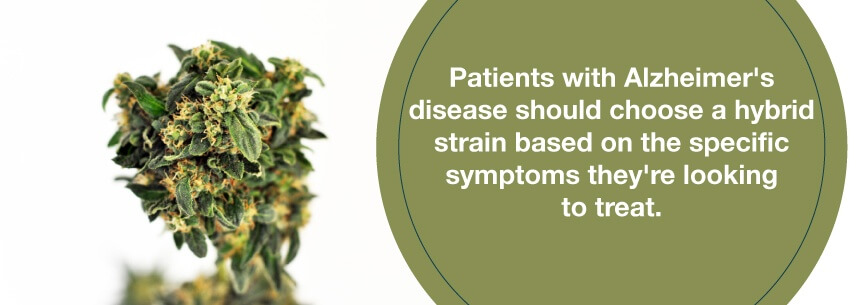
The best medical cannabis strains to treat epilepsy include strains low in THC and high in CBD. A few suitable multiple sclerosis strains may include:
Medical marijuana treatments for neurological disorders are available in various consumption methods. Smoking is often linked with cannabis and produces almost instant effects, making it quite popular for adults. However, for those concerned about respiratory system effects, other non-smoking ingestion methods include:
If your pain is in a specific location, CBD oils, topicals and patches may be the best method for you.
If you’re seeking relief from your neurological disorder symptoms, MarijuanaDoctors.com can help. We’ll connect you with a long list of qualified cannabis doctors all over the country in states with legal medical marijuana to ensure you’re compliant with your state laws. Let us help you start a tailored cannabis treatment plan and improve the quality of your life. Schedule an appointment with a doctor near you today.
Find A Doctor Find A Dispensary


Please allow us to access your location to find local dispensaries.
VIEW ALL DISPENSARIES ➔